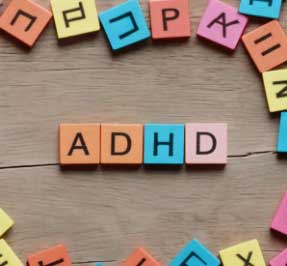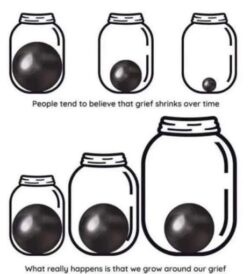By Helen Worthington, BeMeBetter BSW Intern
Do you find yourself feeling down during the short, cold winter days? Are you feeling sad and do not understand why? The lack of sunlight and changing seasons may be the cause, especially if you are already prone to depression.
Seasonal Affective Disorder (SAD) is a mood condition that appears in late fall and continues into winter and usually goes away in spring and summer. Oftentimes, the short days and early nights of winter affect people, by causing depression, sadness, listlessness, feelings of hopelessness, and sluggishness. Less commonly, people can experience the opposite pattern, which is spring and summer affective disorder. While the symptoms are similar, summer depression sufferers have insomnia and weight loss, and winter depression sufferers tend to oversleep and gain weight. If a person is already prone to depression, they may experience more severe symptoms as the seasons change.
Some causes of Seasonal Affective Disorder may include having low vitamin D, serotonin, and melatonin, and major depressive disorder or bipolar disorder. A person’s family history plays a large role in whether they have depression or not, and that applies to SAD as well. Treatments for SAD may include phototherapy (light therapy), psychotherapy, and medication. Maintaining a good awareness of one’s mental health is key to staying ahead of Seasonal Affective Disorder before symptoms appear.
If you find your symptoms are becoming worse, you are unmotivated, hopeless, or do not enjoy things you used to, contact your therapist today, especially if the winter blues and lack of sunlight are getting to you.
Submit an inquiry for services on BeMeBetter’s “Contact Us” page or email a provider directly from the “Who We Are” page.
Source: Seasonal affective disorder (SAD) – Symptoms and causes – Mayo Clinic




